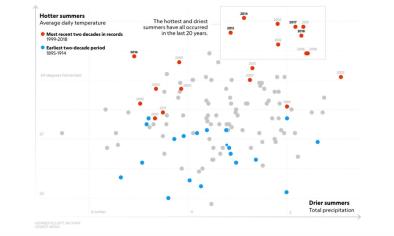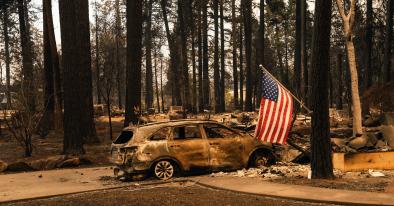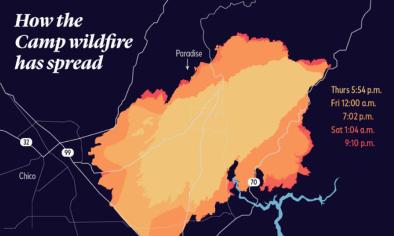Science Source
The impact of land ownership, firefighting, and reserve status on fire probability in California
- Argues that in California other factors, beside climate change, are responsible for the lion’s share of the increase in wildfire activity - but does acknowledge climate change is a contributor
- Assesses changes in annual fire probability in California from 1950–2015 on reserve and non-reserve lands on federal and non-federal ownerships across four vegetation types: forests, rangelands, shrublands, and forests without commercial species
- Finds that fire probability has increased over time across all 32 categories
- Finds that ownership, firefighting, and reserve status, played roughly equal roles in determining fire probability, and had much greater influence than average maximum temperature (°C) during summer months (June, July, August), average annual precipitation (cm), and average annual topsoil moisture content by volume, demonstrating the critical role these factors play in western fire regimes and the importance of including them in future analysis focused on understanding and predicting wildfire in the Western United States
Related Content
Headline

Nov 16, 2018 | National Geographic
See how a warmer world primed California for large fires
Headline

Nov 13, 2018 | WIRED
Take a Good Look, America. This Is What the Reckoning Looks Like
Headline

Nov 12, 2018 | Popular Science
Visualizing California's current fires, some of the deadliest and most destructive on record
Science Source
| PLOS ONE
The unequal vulnerability of communities of color to wildfire
Ian P. Davies, Ryan D. Haugo, James C. Robertson et al


